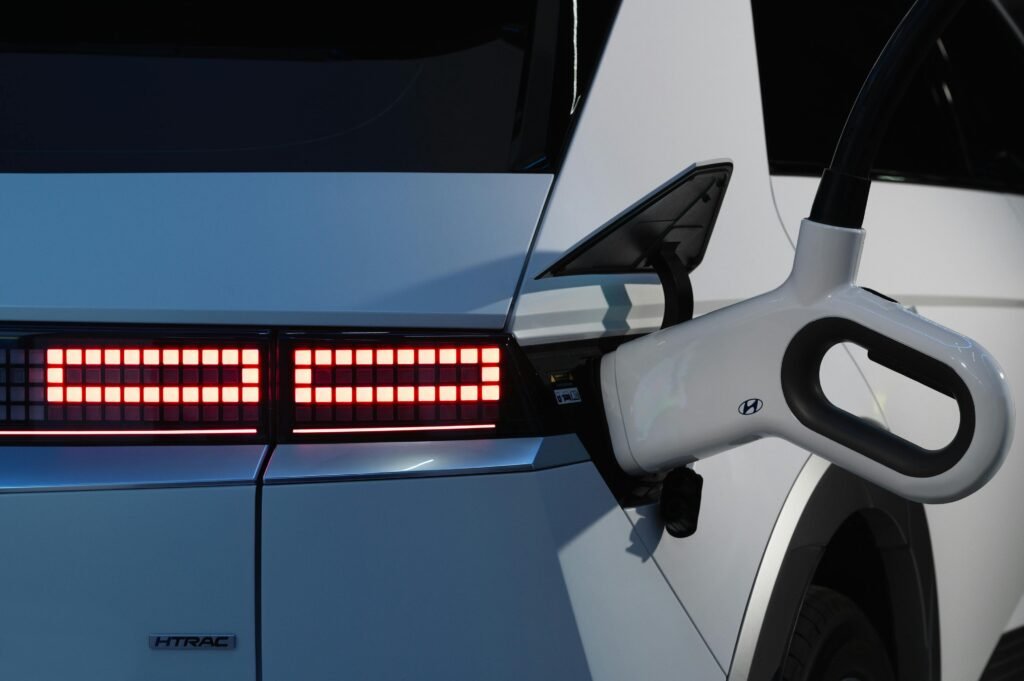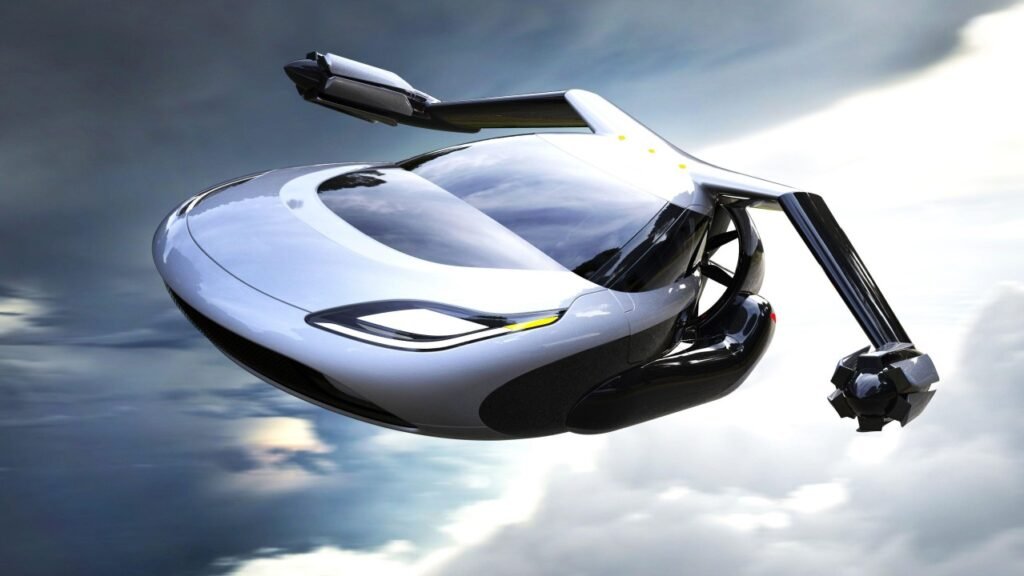Introduction: Embracing the Automotive Revolution

The automotive industry stands on the brink of a transformative revolution, driven by technological advancements, shifting consumer preferences, and global sustainability initiatives. As we peer into the future, the landscape of mobility is poised to undergo unprecedented changes, with autonomous vehicles, electric propulsion, and connectivity redefining the way we move from point A to point B.
The emergence of autonomous driving technology promises to enhance safety, efficiency, and convenience on the roads, while electric vehicles offer a cleaner and more sustainable alternative to traditional combustion engines. Furthermore, connectivity features such as vehicle-to-vehicle communication and advanced driver assistance systems are poised to revolutionize the driving experience, making transportation safer, more efficient, and more enjoyable for passengers and pedestrians alike.
However, these innovations also bring forth challenges such as cybersecurity concerns, infrastructure requirements, and regulatory hurdles that must be addressed to ensure a smooth transition to the future of mobility. By embracing innovation, collaboration, and sustainability, the automotive industry can navigate these challenges and unlock the full potential of the next generation of cars.
1. Autonomous Driving: The Dawn of Self-Driving Cars

Autonomous driving technology represents a paradigm shift in the automotive industry, promising to revolutionize transportation by eliminating the need for human intervention behind the wheel. From advanced driver-assistance systems (ADAS) to fully autonomous vehicles (AVs), automakers and tech companies are racing to develop and deploy self-driving cars that can navigate roads safely and efficiently.
The potential benefits of autonomous driving are far-reaching, including improved safety, reduced traffic congestion, and increased mobility for individuals with disabilities or limited access to transportation. By leveraging sensors, cameras, radar, and artificial intelligence, autonomous vehicles can perceive their surroundings, analyze road conditions, and make real-time decisions to navigate complex traffic scenarios.
Moreover, autonomous driving technology has the potential to transform industries beyond automotive, including logistics, delivery services, and public transportation. As the technology continues to evolve and mature, the vision of a future with autonomous vehicles seamlessly integrated into our daily lives moves closer to reality.
2. Electric Mobility: Towards a Greener Future

The transition to electric vehicles (EVs) marks a pivotal moment in the evolution of the automotive industry, as manufacturers embrace sustainable alternatives to traditional internal combustion engines. With advancements in battery technology, charging infrastructure, and government incentives, EVs are poised to become mainstream transportation options, offering zero-emission mobility and reducing reliance on fossil fuels.
The proliferation of EVs is not only driven by environmental concerns but also by economic factors, as falling battery costs and increasing consumer demand make electric vehicles a compelling choice for drivers worldwide. Additionally, regulatory measures aimed at reducing carbon emissions and combating climate change are incentivizing automakers to accelerate their electric vehicle development efforts, leading to a rapid expansion of EV models across various segments of the market. As infrastructure continues to improve and EV technology matures, electric vehicles are poised to play a central role in the future of mobility.
3. Connectivity and Digitalization: The Rise of Smart Cars

The convergence of automotive and digital technologies is giving rise to a new era of connected vehicles, equipped with advanced infotainment systems, cloud-based services, and over-the-air software updates. These smart cars are transforming the driving experience, offering real-time navigation, predictive maintenance, and seamless integration with smartphones and other smart devices. Furthermore, vehicle-to-vehicle (V2V) and vehicle-to-infrastructure (V2I) communication technologies enable enhanced safety and efficiency on the road, paving the way for a future of interconnected mobility ecosystems.
4. Shared Mobility and Mobility as a Service (MaaS)

The rise of shared mobility services, such as ride-hailing, car-sharing, and micro-mobility solutions, is reshaping urban transportation and challenging traditional car ownership models. Mobility as a Service (MaaS) platforms offer convenient and flexible alternatives to private car ownership, allowing users to access transportation on-demand, pay-per-use, or through subscription-based models. By leveraging shared mobility solutions, cities can reduce traffic congestion, alleviate parking pressures, and improve access to transportation for underserved communities, fostering more sustainable and equitable mobility solutions for urban residents.
5. Urban Air Mobility (UAM) and Flying Cars

As urban populations continue to grow, cities are exploring innovative solutions to alleviate congestion and improve mobility in densely populated areas. Urban Air Mobility (UAM) represents a futuristic concept that envisions flying cars, drones, and electric vertical takeoff and landing (eVTOL) aircraft as viable modes of urban transportation. While still in the early stages of development, UAM holds the potential to revolutionize urban mobility by offering fast, efficient, and congestion-free transportation options for commuters and goods delivery services.
6. Regulatory and Infrastructure Challenges

While the future of cars holds immense promise, it is not without its challenges, particularly in the areas of regulation and infrastructure. Governments and regulatory bodies must grapple with complex issues related to safety standards, liability, privacy concerns, and the integration of autonomous vehicles into existing transportation systems. Additionally, the deployment of EV charging infrastructure, smart city initiatives, and digital infrastructure upgrades will require significant investments and coordinated efforts to ensure the seamless transition to a future of connected and sustainable mobility.
7. Ethical Considerations and Societal Implications

As we embrace the future of cars, it is essential to consider the ethical and societal implications of emerging technologies and mobility trends. Questions surrounding data privacy, cybersecurity, job displacement, and equitable access to transportation must be addressed to ensure that the benefits of technological advancements are shared equitably across society. Furthermore, the transition to electric and autonomous vehicles must be accompanied by efforts to mitigate environmental impacts, reduce carbon emissions, and promote social inclusion and accessibility for all individuals, regardless of income or geographic location.
Conclusion: Navigating Towards a Brighter Future

In conclusion, the future of cars holds immense promise and potential to revolutionize the way we move, work, and live in the decades to come. From autonomous driving and electric mobility to connectivity and shared mobility solutions, the automotive industry is undergoing a transformative evolution that will shape the future of transportation and urban mobility.
As we navigate the challenges and opportunities that lie ahead, it is imperative to embrace innovation, collaboration, and responsible stewardship to create a future where cars are not just vehicles but enablers of sustainable, accessible, and equitable mobility for all. By prioritizing environmental sustainability, safety, and inclusivity, we can build a transportation ecosystem that enhances quality of life, fosters economic prosperity, and preserves our planet for future generations.

Pingback: Can my car be unlocked remotely: 8 Best Products To Prevent Car Theft - Topshotwheels
Pingback: Top 10 Best BYD Cars to Buy in 2024: Specs, Range, and Price - Topshotwheels